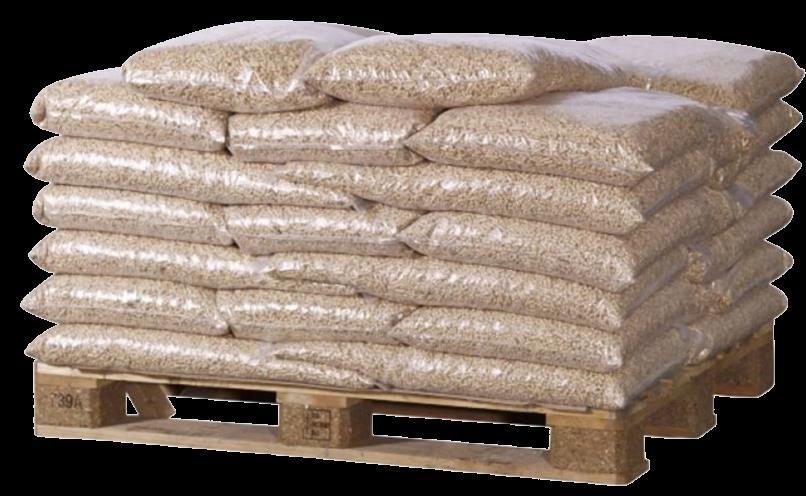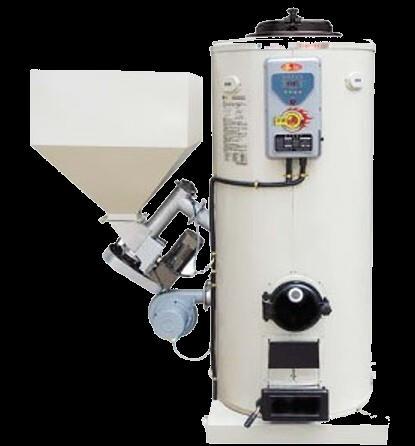


Eco-Growth Environmental Franchise: A Green Business Opportunity
As a business owner, you operate your own Eco-Growth Environmental Franchise in your community. This franchise uses the most up-to-date technologies to recycle and repurpose waste, turning it into useful products. By doing this, you not only help the environment but also make money in the process.
Here’s how it works:
1. Collecting Waste: You gather different types of waste from your community.
2. Turning Waste into New Products: Using specialized machines, you process the waste and turn it into useful things.
3. Making Money: You sell these upcycled products and earn money. Plus, you help reduce harmful methane gases that come from landfills, which also earns you carbon credits!
As a franchise owner, you help make your community eco-friendlier and protect the planet by reducing waste.



Per Capita Waste Generation in Canada:
• According to Statistics Canada, the average Canadian generates approximately 706 kilograms (about 1,556 pounds) of municipal solid waste per year.
• This equates to roughly 1.93 kilograms (about 4.25 pounds) per person per day.
Average Household Waste Generation:
• With an average household size of 2.5 people in Canada, the calculation for annual household waste is:
o 706 kg/person/year × 2.5 people = 1,765 kg (about 3,891 pounds) per household per year.

Canadian Household Waste By Classification

Waste Composition in Canadian Households:
1. Organics (Including Food Waste): 40%
o Description: This category includes all biodegradable waste such as food scraps, yard trimmings, and other organic materials.
2. Paper and Cardboard: 26%
o Description: Encompasses newspapers, magazines, office paper, cardboard packaging, and similar products.
3. Plastics: 9%
o Description: Includes plastic bottles, containers, packaging materials, and various household plastic items.
4. Metals: 4%
o Description: Consists of aluminum cans, tin cans, and other metal items.
5. Glass: 3%
o Description: Comprises glass bottles, jars, and other glass products.
6. Other/Miscellaneous: 18%
o Description: This category includes textiles, electronics, rubber, leather, hazardous waste, and other materials not classified above.

Calculating Waste Volumes (kilograms) by Community Size

Food Waste Process:
1) Mechanically rapidly dehydrated (less than 24 hours)
2) Dried biomass converted to wood-like energy pellets.






Cardboard Paper Wood Waste Process:
1) Mechanically shredded.
2) Compacted into to wood-like energy pellets.



Cardboard Paper Wood Waste Process:
1) Mechanically shredded.
2) Compacted into to wood-like energy pellets.



Plastic Waste Process:
1) Mechanically shredded.
2) Stored outside in large tote bags.


Aluminum Waste Process:
1) Mechanically shredded.
2) Stored outside in large tote bags.









Glass is mechanically pulverized and converted to sandbags









